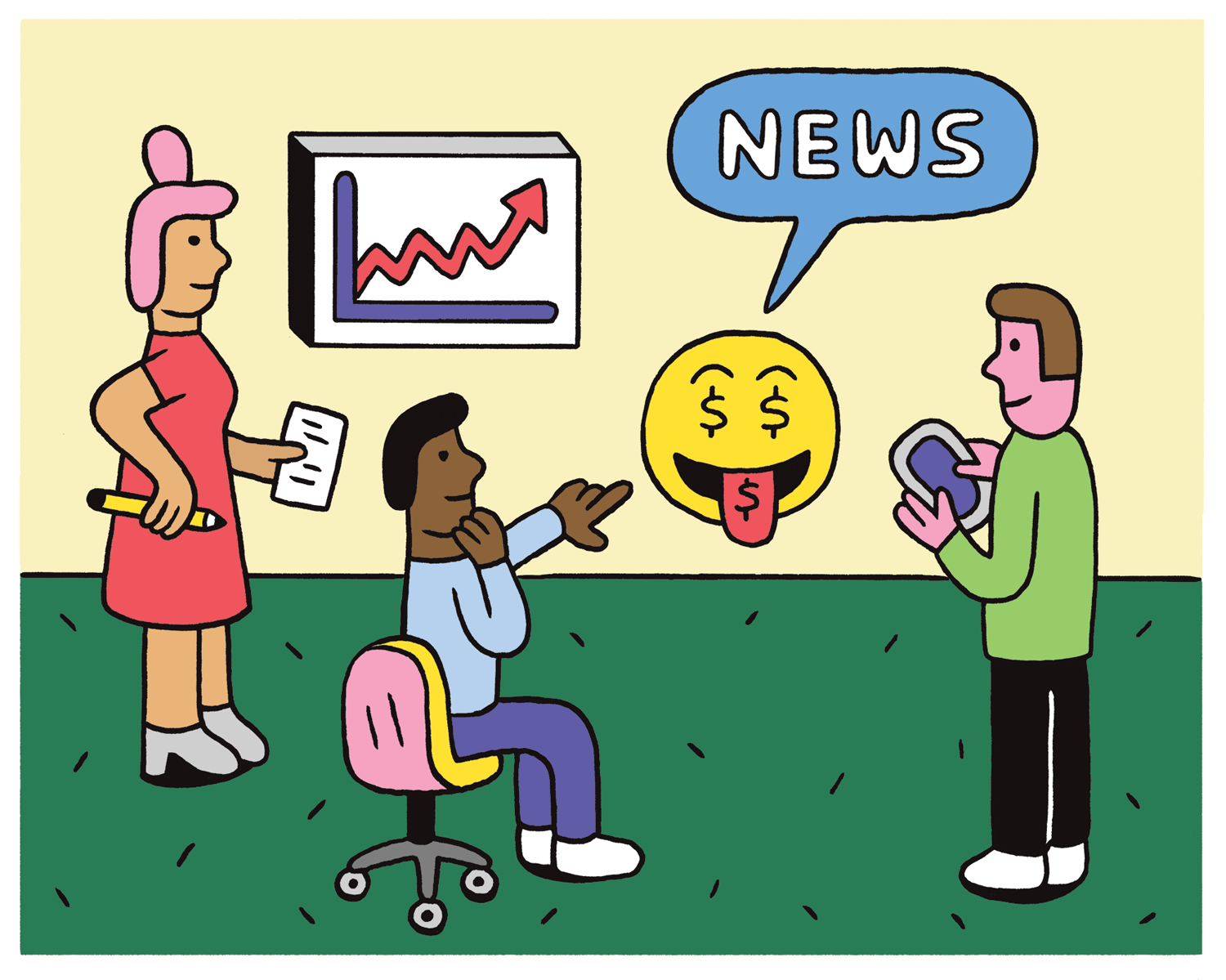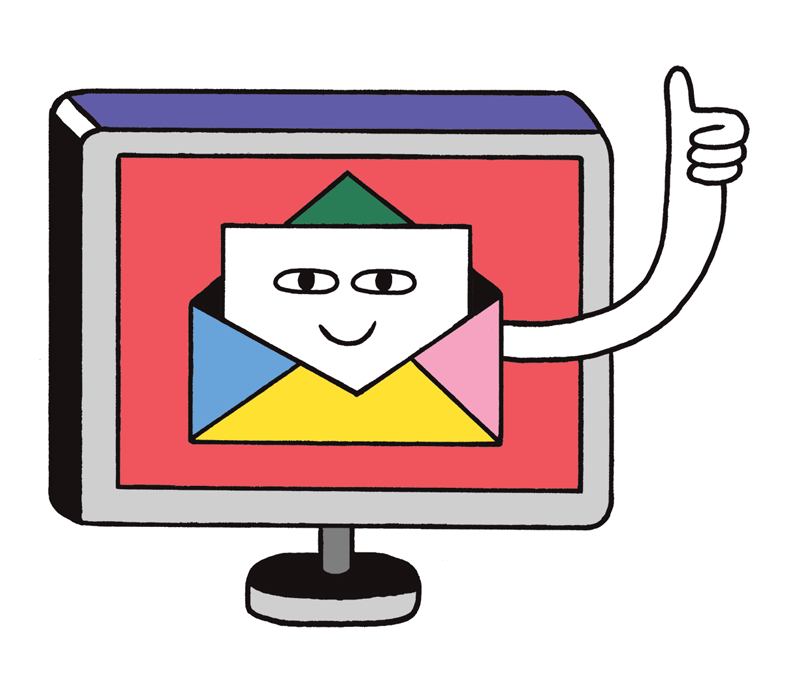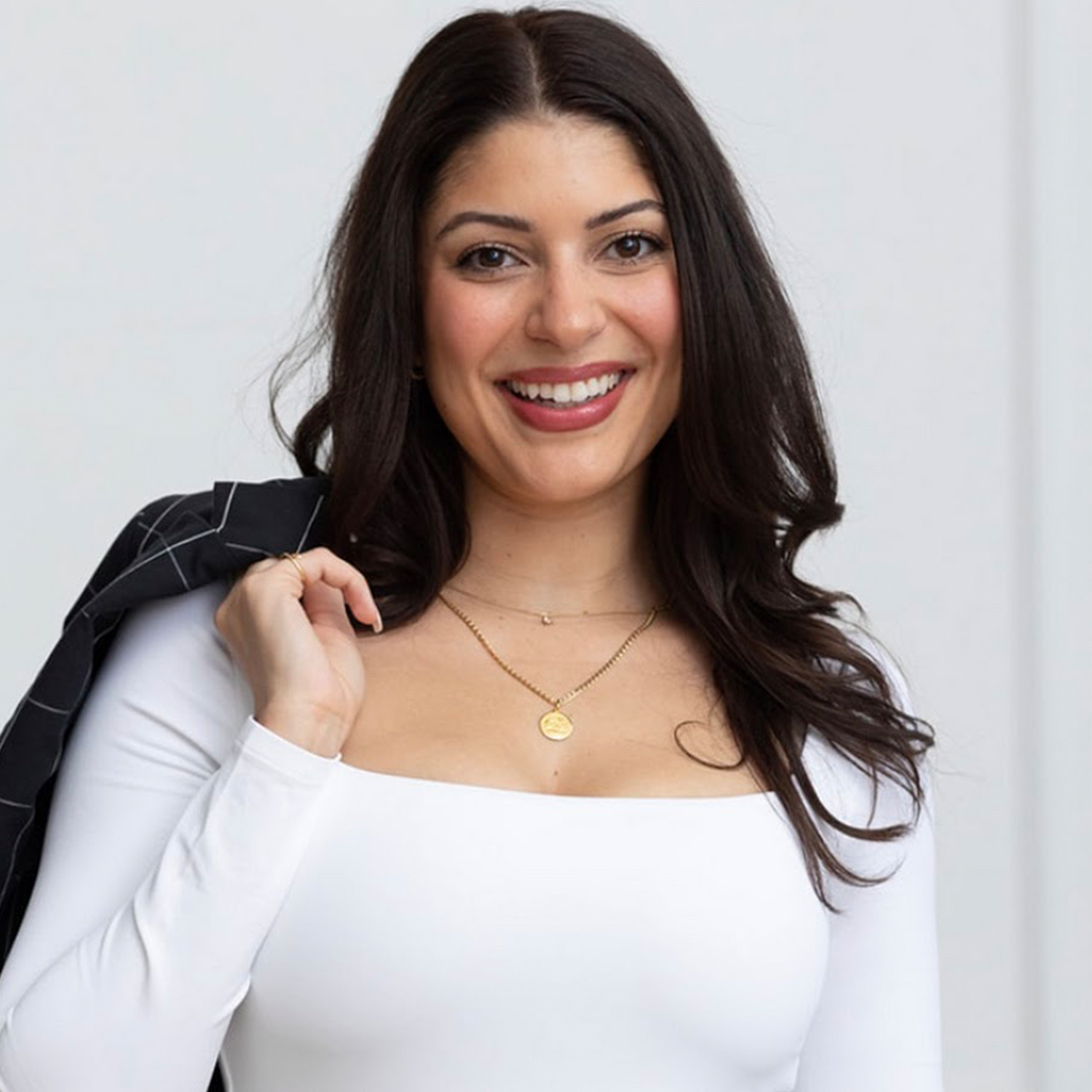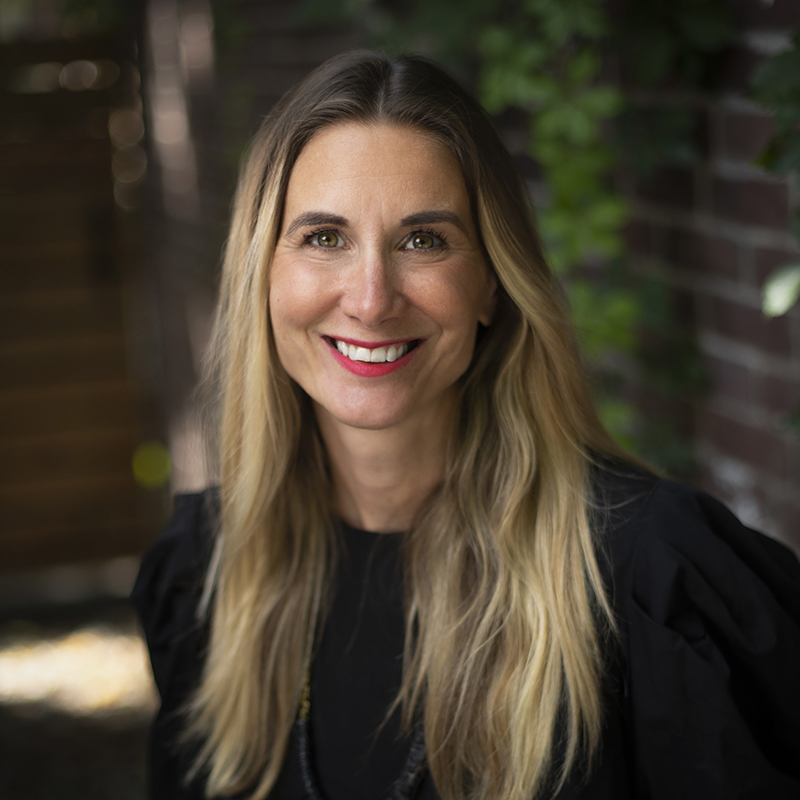Thinking About Launching a Business Newsletter? Here’s How Wealthsimple Did It

In the fall of 2021, Devin Friedman, editor-in-chief of Wealthsimple’s magazine, met with the fintech company’s co-founder Rudy Adler to talk about launching a newsletter.
Friedman wanted to create educational, newsworthy and entertaining content for both readers who are knowledgeable about finance and those with less experience. “The better people understand what they should be doing with their money, the better the company’s going to do,” Friedman says. “We saw the newsletter as a way to keep in communication with our clients and hopefully reach a new group too.”
The newsletter would curate content from around the web for subscribers and package stories about the financial news of the week so readers wouldn’t have to hunt around online.

Developing the newsletter happened quickly. One of Wealthsimple’s mottoes is “ship it, then improve it,” which Friedman explains is about executing an idea first, then figuring out what needs to be tweaked after. He hired one person dedicated to managing the newsletter—a former magazine writer and editor—then tapped his magazine’s existing contributors to write it. They named the newsletter TLDR, after the internet-slang acronym for “too long, didn’t read,” hinting at the brevity they wanted to achieve.
By late 2021, the first test edition of TLDR was sent out to a few members of the editorial, marketing and communication teams and their friends. A few more editions went out in the following weeks to get a sense of what worked and what didn’t. “When did attention falter?” Friedman asks. “What did our test readers want to know that wasn’t in there?”
Based on feedback, the newsletter’s word count was trimmed, reducing both the number of articles and the length of each.
Related: How to Pitch Your Start-up to Investors
Another “ship it, then improve it” moment for Friedman came with figuring out the newsletter’s frequency. He started with a weekly newsletter format, then pivoted to daily versions. But pretty soon, he realized a daily email wasn’t offering much added value for the reader. “We wanted to provide something really polished and entertaining and save the reader time,” Friedman says. “A daily newsletter didn’t accomplish that.” They reverted to weekly.
By June 2022, Friedman and his team—he now has two editors, a news writer and freelance contributors—were ready for the public launch.
After promoting TLDR through the company’s Twitter account, email campaigns and in Wealthsimple Magazine, the newsletter’s subscriber base grew. It now has two million subscribers, with over one million people opening each edition of the newsletter—an impressive rate considering the average is 21 per cent, according to Mailchimp.
The fact that reader feedback is openly encouraged and solicited through a simple survey at the end of the newsletter (“love it,” “good” and “so so” are the options given) is one reason why Friedman believes TLDR is successful. The newsletter has received 22,000 reader responses to its survey. “I think it’s a ‘best practices’ thing to have readers be able to say whether they liked it or not.” Friedman says the editorial team reads every piece of feedback and tries to respond to every question.
Related: How Brands Can Stay Relevant on Social Media
For businesses wanting to start their own newsletters, Friedman encourages them not to make advertising or sales the top priority and instead focus on providing value to the reader. That is more likely to convert them to being a customer. “You have to make content that people want to engage with,” he says. In other words, make them feel like they got something out of the newsletter. “If you’re only thinking ‘How do we get our own expert into this newsletter?’ or ‘How do we talk about this product?’ it’s easy for it to go wrong. That’s marketing, which has its place but doesn’t work as media.”
“If you’re only thinking ‘How do we talk about this product?’ it’s easy for it to go wrong”
Friedman is continuing to iterate on TLDR’s content and format to keep it relevant and engaging for readers. For example, a few months after launching, he added “The Week In One Number”—a statistic, figure or percentage relevant to current news, like the number of days since the most recent bank failure in Canada or Silicon Valley Bank’s total assets. “If you don’t try out new things, you don’t get to see what could work even better than what you’re already doing.”
This article appears in print in the Spring 2023 issue of Canadian Business magazine. Buy the issue for $7.99 or better yet, subscribe to the quarterly print magazine for just $40 a year.









